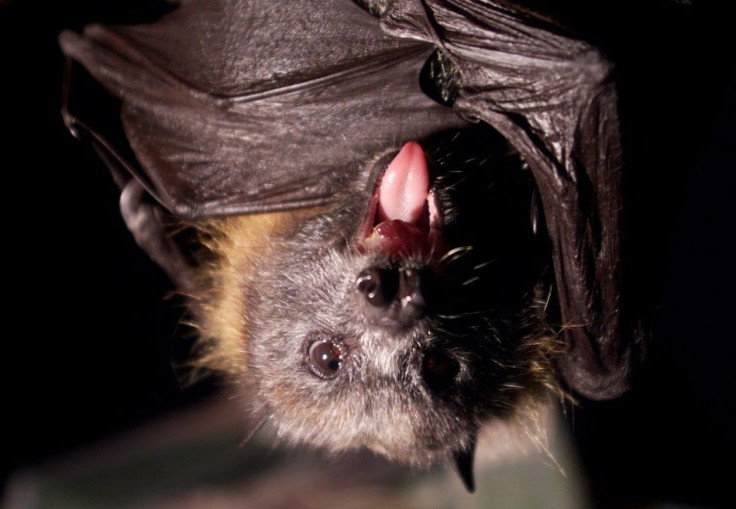Vampire Bats Have Special Sensors that Detect Blood

Scientists have found the heat-sensing mechanism that vampire bats used to detect and hunt their next meal.
These bloodsuckers have specially evolved nerves located near the nose, which they use to identify the highest concentration of blood close to the skin of their prey. Researchers knew that the pits on vampire bats' noses enable them to find blood, but they weren't sure how it happened.
"Vampire bats feed on blood, and it's useful for them to have an infrared detector to be able to find the circulation," said David Julius of the University of California, San Francisco, who led the research.
"What the vampire bat has done is through some specialized genetic machinery, it has changed the structure of it (the heat sensor), so it changes the temperature at which it is activated," Julius told LiveScience. "It allows it to pick up the signal of changing body temperatures due to blood flow."
The researchers identified the special biological process: a sensitive, heat-detecting molecule found in vampire bat noses called TRPV1, and are now hoping this find helps with the development of a new class of pain medications targeting molecules like TRPV1 - the same molecule involved in pain sensation.
Julius told Fox News that there is a "double-edged sword with pain."
"Pain is necessary as a warning system to let us know when we are in danger of injury but, at the same time, pain can outlive its usefulness as a warning system when it fails to resolve and becomes chronic and debilitating," he said.
The study states that vampire bats, or Desmodus rotundus, use a mechanism that is different from that of the snake, the only other vertebrate that can detect infrared radiation.
Vampire bats are the only mammals known to feed solely on blood. Without a daily supply they will die. They feed on sleeping cows, goats or birds by cutting a hole in the skin and lapping up the blood with their tongue.
© Copyright IBTimes 2024. All rights reserved.






















